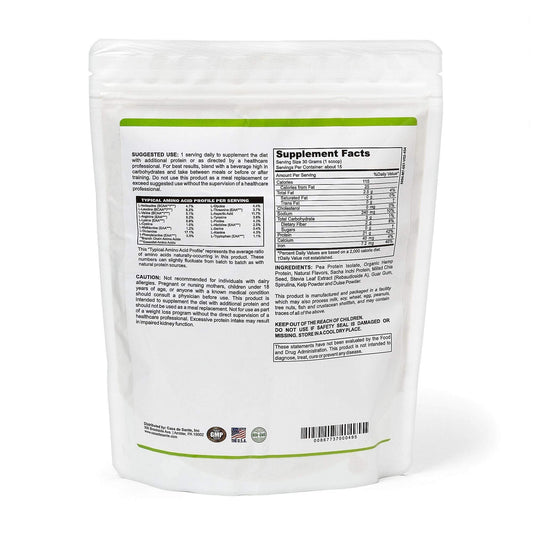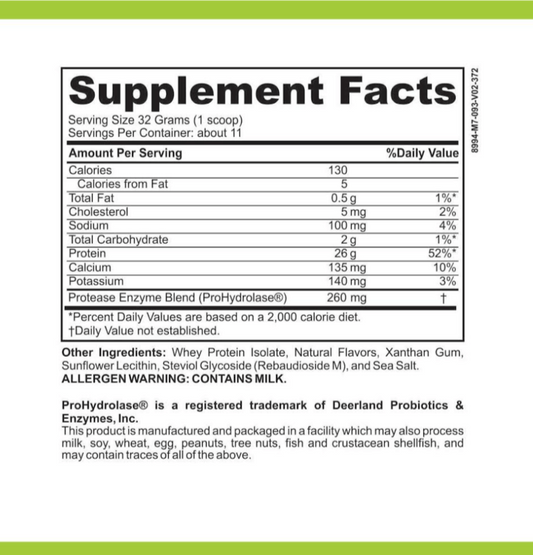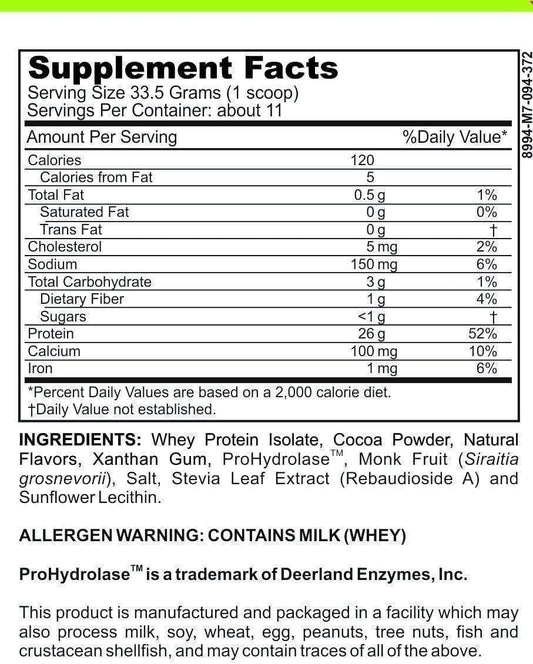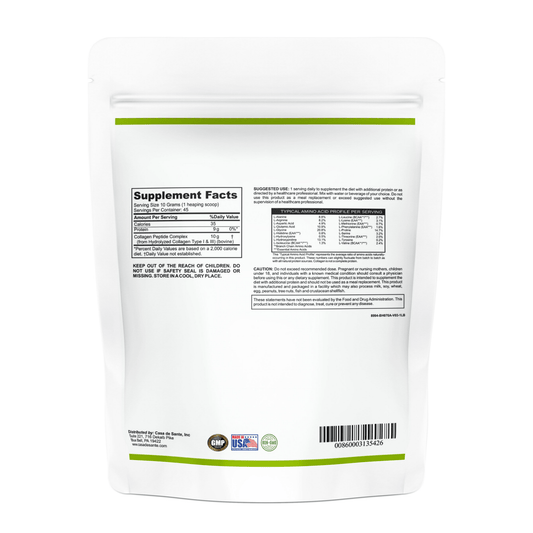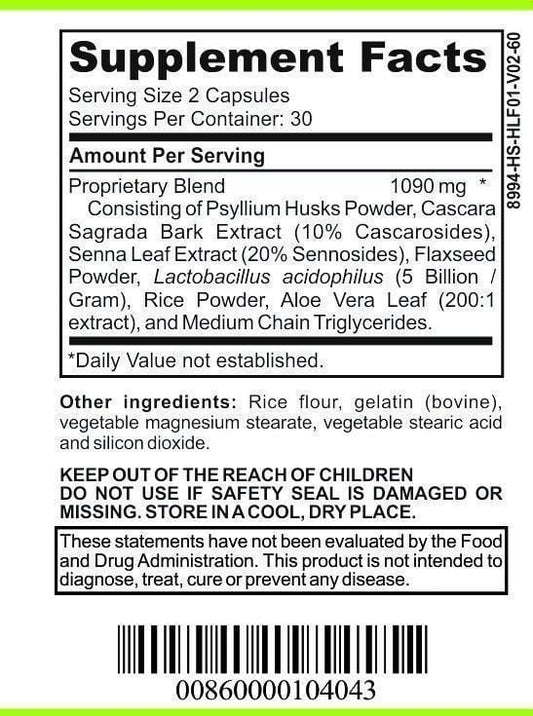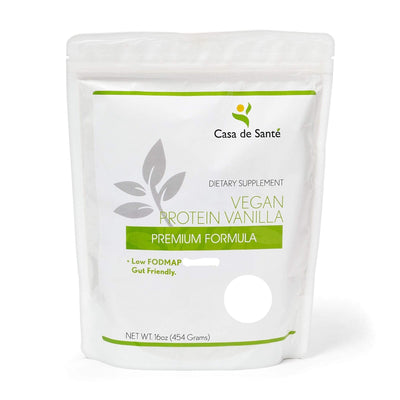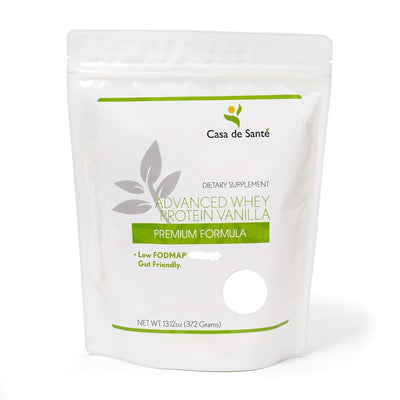What Will the Price of a Gallon of Milk Be in 2022?
What Will the Price of a Gallon of Milk Be in 2022?
As we approach the new year, many consumers are wondering what the price of a gallon of milk will be in 2022. Milk prices can be influenced by a variety of factors, including the role of dairy farms, the impact of feed costs, and the effect of supply and demand. Understanding these factors is key to predicting and adapting to potential changes in milk prices.
Understanding the Factors that Influence Milk Prices
One of the primary factors that influences milk prices is the role of dairy farms. Dairy farms are responsible for producing the milk that is then sold to consumers. The cost of production, including labor, feed, and equipment, can greatly affect the price of milk. When the costs of production increase, dairy farmers may need to charge higher prices to maintain profitability.
However, there are several other factors that also contribute to the fluctuation of milk prices. One such factor is the weather conditions. Extreme weather events such as droughts or floods can have a devastating impact on the production of feed crops, which in turn affects the availability and price of feed for dairy cows. For instance, a prolonged drought can lead to a scarcity of water and limited grazing land, forcing farmers to rely on expensive alternative sources of feed.
Another factor that can impact milk prices is the cost of transportation. Milk needs to be transported from dairy farms to processing plants and then to retail stores, which incurs additional expenses. Fluctuations in fuel prices, maintenance costs, and even government regulations can all influence the transportation costs, ultimately affecting the price of milk for consumers.
The supply and demand for milk also play a significant role in determining milk prices. When the demand for milk is high and the supply is limited, prices tend to increase. Conversely, when the demand for milk is low and there is an abundance of supply, prices may decrease. Factors such as consumer preferences, population growth, and changes in dietary trends can all influence the demand for milk.
Furthermore, global economic factors can have a ripple effect on milk prices. For example, if there is a decrease in the value of the currency in a major milk-producing country, it can make their milk more affordable for foreign buyers, leading to an increase in exports. This increase in demand from overseas markets can drive up milk prices domestically.
Additionally, government policies and regulations can impact milk prices. Subsidies and support programs provided to dairy farmers can help stabilize prices by offsetting some of the production costs. On the other hand, trade agreements and import/export regulations can also affect the availability and pricing of milk in different regions.
In conclusion, while the cost of production and feed are significant factors influencing milk prices, it is essential to consider the broader context of weather conditions, transportation costs, supply and demand dynamics, global economic factors, and government policies. All these elements interact to shape the final price consumers pay for a gallon of milk.
Historical Trends in Milk Prices
Looking back at the past decade, milk prices have experienced significant fluctuations. In some years, milk prices reached record highs, while in others, prices dropped dramatically. These fluctuations can be attributed to a variety of factors, including changes in government policies, weather conditions, and global economic trends.
One factor that has had a significant impact on milk prices is changes in government policies. For instance, government subsidies and regulations can influence the supply and demand of milk, thus affecting its price. In some years, governments may implement policies that support dairy farmers, leading to an increase in milk production and a decrease in prices. Conversely, policy changes that restrict subsidies or impose regulations can result in a decrease in milk production and an increase in prices.
Another factor that plays a role in milk price fluctuations is weather conditions. Extreme weather events such as droughts or floods can have a detrimental effect on milk production. During periods of drought, the lack of water and feed for cows can lead to a decrease in milk supply, causing prices to rise. Similarly, floods can damage dairy farms and disrupt milk production, resulting in a decrease in supply and an increase in prices.
Global economic trends also impact milk prices. Changes in the global economy can affect the demand for milk and dairy products, which in turn influences prices. For example, during periods of economic growth, consumers may have more disposable income to spend on dairy products, leading to an increase in demand and higher prices. Conversely, during economic downturns, consumers may cut back on non-essential purchases, including dairy products, causing a decrease in demand and lower prices.
In addition to these broader factors, significant events can also impact milk prices. Natural disasters, such as droughts or floods, can disrupt the production of milk, leading to higher prices. When dairy farms are affected by natural disasters, it takes time for them to recover and resume normal production levels, resulting in a temporary decrease in supply and an increase in prices.
Changes in trade agreements or tariffs can also influence the price of milk. Trade agreements can affect the export and import of dairy products, which can have a direct impact on prices. For example, if a country imposes tariffs on imported dairy products, it can lead to a decrease in imports and an increase in domestic milk prices. On the other hand, trade agreements that facilitate the export of dairy products can increase competition in the global market and potentially lower prices.
It is important to note that milk prices are influenced by a complex interplay of various factors, making it challenging to predict future trends. However, understanding the historical trends and the factors that contribute to price fluctuations can provide valuable insights for farmers, consumers, and policymakers alike.
Predicting Milk Prices in 2022
Experts and analysts have been closely monitoring various factors to predict what milk prices may look like in 2022. While predicting future prices with absolute certainty is difficult, there are some trends and market indicators that can provide insights.
Many experts predict that milk prices will experience moderate increases in 2022. This is largely due to the anticipated rise in feed costs and the potential for supply chain disruptions. However, it is important to note that these predictions are based on current information and market conditions, which are subject to change.
When considering the potential market changes that could impact milk prices in 2022, it is important to explore various factors. One such factor is the advancements in technology and sustainable farming practices. These advancements have the potential to lower production costs, which could offset some of the anticipated increases in feed costs. By implementing innovative technologies and sustainable practices, dairy farmers may be able to optimize their operations and reduce expenses, ultimately influencing the final price of milk.
Another factor that could influence milk prices in 2022 is the shifting consumer demand for alternative milk products. Over the years, there has been a noticeable increase in consumer preferences for plant-based milks. This shift in demand can be attributed to various reasons, including health concerns, environmental consciousness, and dietary preferences. As more individuals opt for plant-based milks, the demand for traditional cow's milk may decrease. This change in consumer behavior could potentially impact the pricing of milk in the market.
Furthermore, it is worth considering the global market dynamics and geopolitical factors that could affect milk prices in 2022. Trade policies, international relations, and weather patterns can all play a role in shaping the supply and demand dynamics of the dairy industry. For example, changes in trade agreements or tariffs can impact the export and import of dairy products, consequently influencing milk prices domestically.
Additionally, weather patterns and natural disasters can have a significant impact on milk production. Droughts, floods, and extreme temperatures can affect the availability and quality of feed for dairy cows, leading to potential supply shortages and price fluctuations. These unpredictable weather events can disrupt the stability of the milk market and create uncertainties for both producers and consumers.
In conclusion, predicting milk prices in 2022 involves considering a multitude of factors and market indicators. While experts anticipate moderate price increases due to rising feed costs and potential supply chain disruptions, it is essential to recognize the potential impact of technological advancements, shifting consumer preferences, global market dynamics, and unpredictable weather patterns. The complex interplay of these factors makes the future of milk prices uncertain, highlighting the need for continuous monitoring and analysis of the dairy industry.
How Consumers Can Adapt to Rising Milk Prices
As milk prices are expected to rise in the coming year, consumers can take steps to adapt and mitigate the impact on their budgets. Here are some money-saving tips for dairy shoppers:
- Compare prices at different stores and consider purchasing milk when it is on sale.
- Buy in bulk and freeze milk for future use. This can help save money in the long run.
- Consider purchasing milk substitutes, such as almond milk or oat milk, which may be more cost-effective alternatives.
- Look for coupons or discounts on dairy products.
- Consider buying from local dairy farms or participating in community-supported agriculture (CSA) programs, which may offer more affordable options.
By implementing these strategies, consumers can minimize the impact of rising milk prices on their grocery budgets.
The Global Perspective on Milk Prices
While we have focused primarily on milk prices in the United States, it is also important to consider the global perspective. Milk prices can vary significantly from country to country, influenced by factors such as local production, import/export policies, and demand.
Comparing Milk Prices Around the World
In some countries, milk prices may be higher due to limited local production or high import costs. Conversely, in countries with abundant dairy farms, milk prices may be lower. Understanding these global variations can provide valuable insights into the factors that influence milk prices.
How Global Events Could Impact Milk Prices in 2022
Global events, such as natural disasters or political changes, can have ripple effects on milk prices worldwide. For example, disruptions in the global supply chain or changes in trade agreements can lead to price fluctuations. It is important for milk consumers to stay informed about these events, as they can impact the availability and cost of milk.
In conclusion, the price of a gallon of milk in 2022 will be influenced by various factors, including the role of dairy farms, feed costs, and supply and demand dynamics. While predicting exact prices can be challenging, monitoring market trends and adapting to potential changes can help consumers navigate the impact of rising milk prices. Additionally, understanding the global perspective on milk prices provides valuable insights into the broader factors that shape the cost of milk. By staying informed and implementing money-saving strategies, consumers can continue to enjoy dairy products while adjusting to potential price fluctuations in the coming year.


